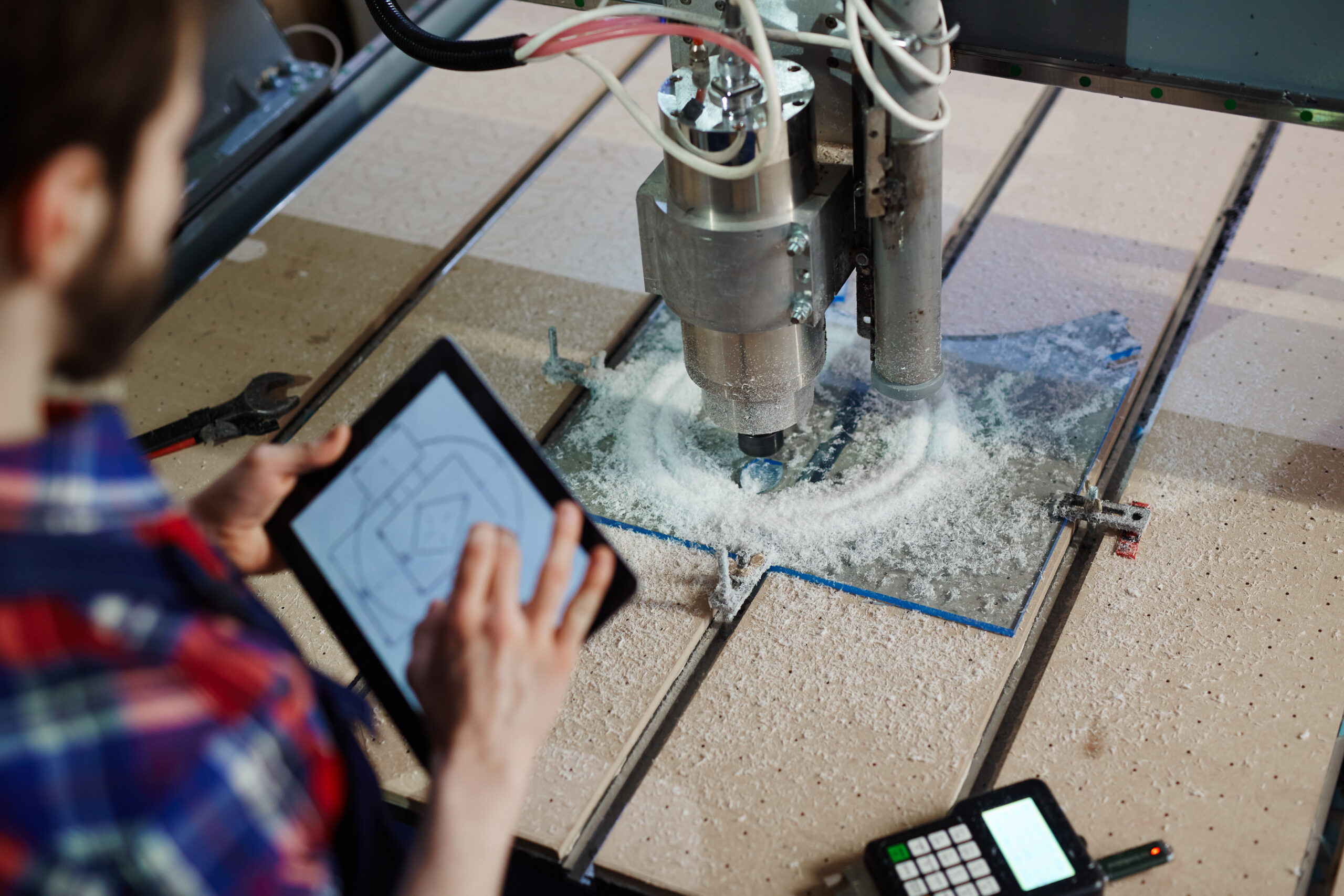How Flange Spreaders are Transforming Operations are Changing the Game
In the dynamic world of industrial operations, the advent of flange spreaders has marked a significant turning point. These tools, often understated, play a pivotal role in ensuring the efficiency and safety of various critical processes.
From pipeline construction to routine maintenance, flange spreaders have become indispensable in the engineer’s toolkit. In this article, we delve into the nuances of these tools, exploring their types, functionalities, and the profound impact they have on industrial operations.
Understanding Flange Spreaders
At the heart of pipeline and maintenance work lie the flange spreaders, tools designed to elegantly solve a complex problem: the separation of flange joints. These joints, crucial in connecting pipes, valves, and other industrial components, require precise and safe handling, a task where flange spreaders excel.
Types of Flange Spreaders
The diversity in flange spreaders is a response to the varied needs of the industry. Let’s explore the most common types:
- Mechanical Flange Spreaders: These are the traditionalists in the flange spreader family. Operated manually, they employ mechanical force to pry apart flanges. Their design typically features wedge-shaped blades or jaws, inserted between the flanges and gradually expanded. Ideal for smaller-scale operations, these spreaders are valued for their simplicity and reliability.
- Hydraulic Flange Spreaders: When brute force is required, hydraulic flange spreaders step in. Utilizing hydraulic pressure, they generate a formidable force, capable of handling heavy-duty tasks with ease. These spreaders are often part of a larger system, including a hydraulic pump and cylinder, providing controlled and efficient flange separation.
- Pneumatic Flange Spreaders: The modern and agile members of the group, pneumatic flange spreaders, operate using compressed air or gas. They are known for their portability and are particularly useful in scenarios where an external power source is readily available. Lightweight yet powerful, these spreaders are a testament to the advancements in flange spreading technology.
How Flange Spreaders Work
The principle behind flange spreaders is straightforward yet ingenious. Whether mechanical, hydraulic, or pneumatic, the core idea remains the same: to create a controlled and safe expansion force that gently separates the flanges. This process, while seemingly simple, requires a deep understanding of the forces at play and the material properties involved. It’s a ballet of physics, where precision and care ensure the integrity of the flanges and the safety of the operations.
Applications in Industry
Flange spreaders are not just tools; they are enablers of efficiency and safety in various industrial scenarios.
Maintenance and Repairs
Routine maintenance and repairs are where flange spreaders truly shine. They allow engineers to create the necessary space between flanges, facilitating easy access to internal components. This accessibility is crucial in ensuring timely and effective maintenance, ultimately reducing downtime and enhancing productivity.
Inspection and Testing
The integrity of flange joints is paramount in industrial operations. Flange spreaders enable thorough inspection and testing of these joints, ensuring their robustness and identifying potential issues before they escalate. This proactive approach to maintenance is vital in averting disasters and maintaining operational efficiency.
Gasket Replacement and Piping Modifications
Replacing gaskets or modifying piping systems are tasks fraught with complexities. Flange spreaders simplify these processes, allowing for safe and controlled separation of flanges. This capability is essential in ensuring that such modifications are carried out smoothly, without damaging the components involved.
Selecting the Right Flange Spreader
Choosing the appropriate flange spreader is a decision that should not be taken lightly. It involves considering various factors:
- Application Requirements: The nature of the task at hand – the size of the flanges, the material they are made of, and the force required for separation – dictates the type of flange spreader needed.
- Safety Features: Safety is non-negotiable. Features like locking mechanisms and load indicators are essential for secure operations.
- Ease of Use: A user-friendly flange spreader not only makes the job easier but also safer. Features like quick-release mechanisms and ergonomic designs are significant plus points.
- Quality and Durability: In the demanding environment of industrial operations, the flange spreader must be robust, corrosion-resistant, and reliable.
Final Thoughts…
The evolution of flange spreaders has been a game-changer in industrial operations. From enhancing safety and efficiency in maintenance and repairs to facilitating inspections and modifications, these tools have proven their worth in numerous applications. The insights from the case studies and video demonstrations underscore the importance of selecting the right tool for the job, considering factors such as application requirements, safety, ease of use, and durability.






